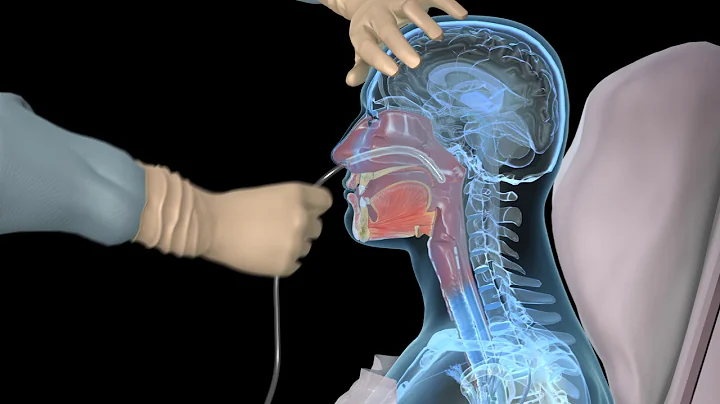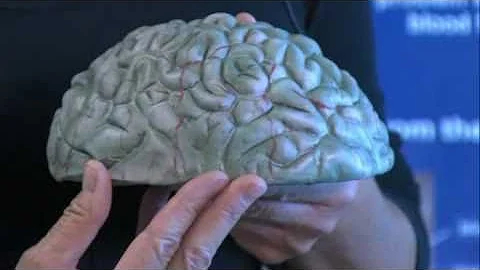Some stroke patients will develop consciousness disorder or swallowing disorder after the onset of the disease. The patients are unable to eat independently, so they use nasogastric tube feeding to ensure the patients' daily nutrition.

Using a nasogastric tube for feeding can reduce the complication rate of aspiration pneumonia caused by choking and coughing, and reduce mortality. But at the same time, the patient's family members also need to take more careful care. The stomach tube needs to be replaced regularly. The stomach tube needs to be flushed before and after feeding to prevent food residues from deteriorating in the tube and entering the patient's stomach during the next feeding, causing diarrhea, enteritis , etc. complications .

Because the feeling of retained nasogastric tube will make patients feel uncomfortable, many patients want to remove the gastric tube as soon as possible. How soon can the nasogastric tube be removed?
The decision to remove the nasogastric tube first is not based on time, but needs to be determined based on the patient's condition.
Stroke patients suffer temporary loss of consciousness due to severe damage. It is necessary to wait for the patient to regain consciousness and then use a small amount of drinking water to check whether the patient has choking or hidden aspiration symptoms; if not, the patient can be trained to eat a small amount of food independently. Gradually transition to normal independent eating of three meals a day.

If the patient's swallowing dysfunction is caused by nerve damage , it is not just as simple as doing rehabilitation training. First, it is necessary to improve the patient's cerebral circulation , improve the internal environment, and provide a better growth environment for nerves; through targeted drug administration, increase drug concentration, enhance effects, promote the rapid growth of neurons, and improve dysfunction. Coupled with rehabilitation training, on the one hand, it can prevent pharyngeal muscle apraxia and hypofunction, and improve the movement and coordination of swallowing-related organs; on the other hand, it can exercise the patient's swallowing muscles and help the patient relearn the ability to swallow.

When the patient's FOIS rating is assessed as level four or above, the patient can remove the nasogastric tube, but the patient may still have symptoms of choking and coughing when drinking water. Such patients can use coagulating powder to thicken the water before drinking.
FOIS grading assessment:
- Level 1: Cannot take food by mouth.
- Level 2: Relying on tube feeding, trying to eat minimal amounts of food or liquids.
- Level 3: Relying on tube feeding and taking single-textured food or liquid by mouth. Level 4: Complete oral intake of food of a single texture
- Level 5: Complete oral intake of food of multiple textures, but special preparation or compensation is required
- Level 6: Complete oral intake of food requiring no special preparation, but special Food restrictions
- Level 7: Complete oral feeding without restrictions





















